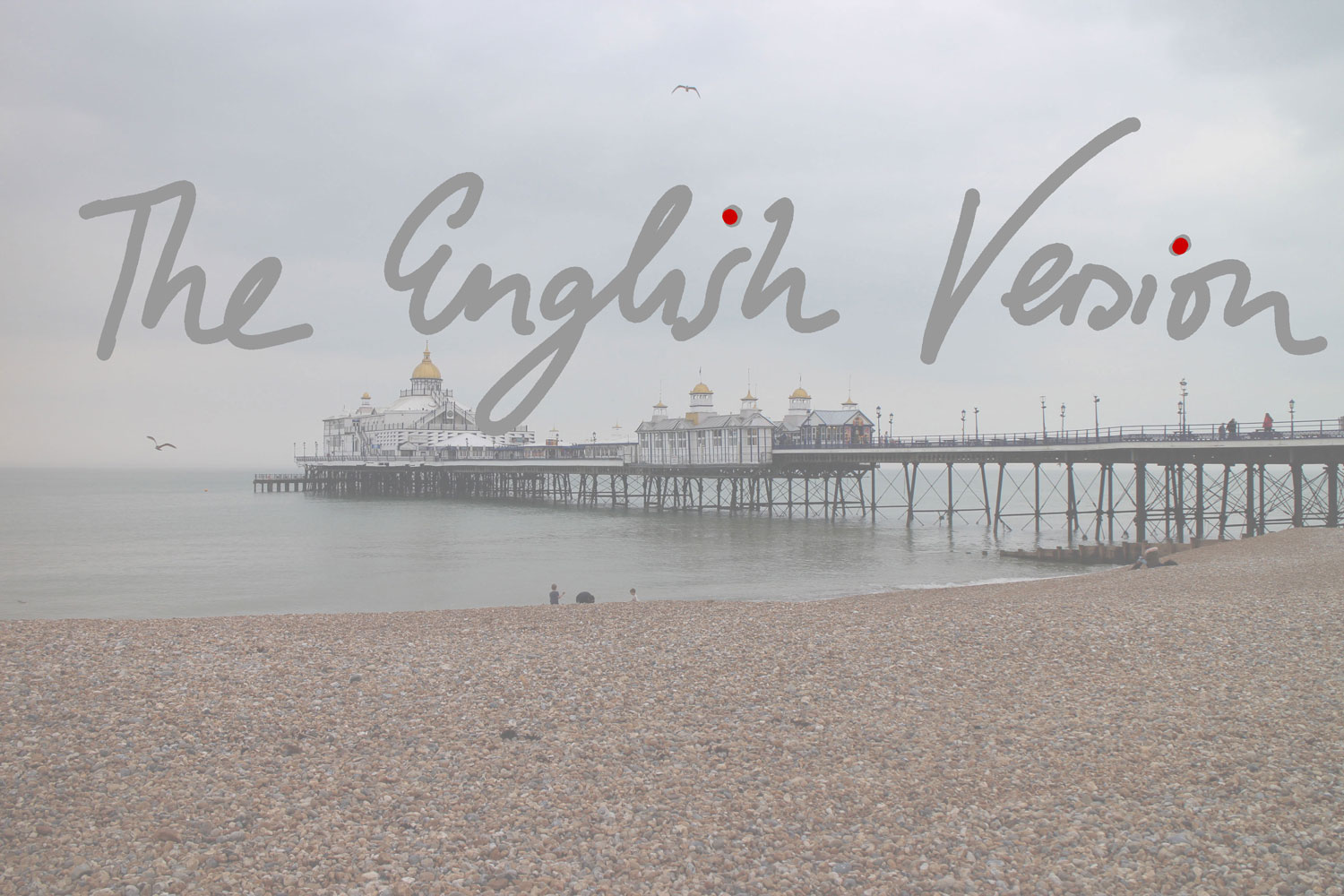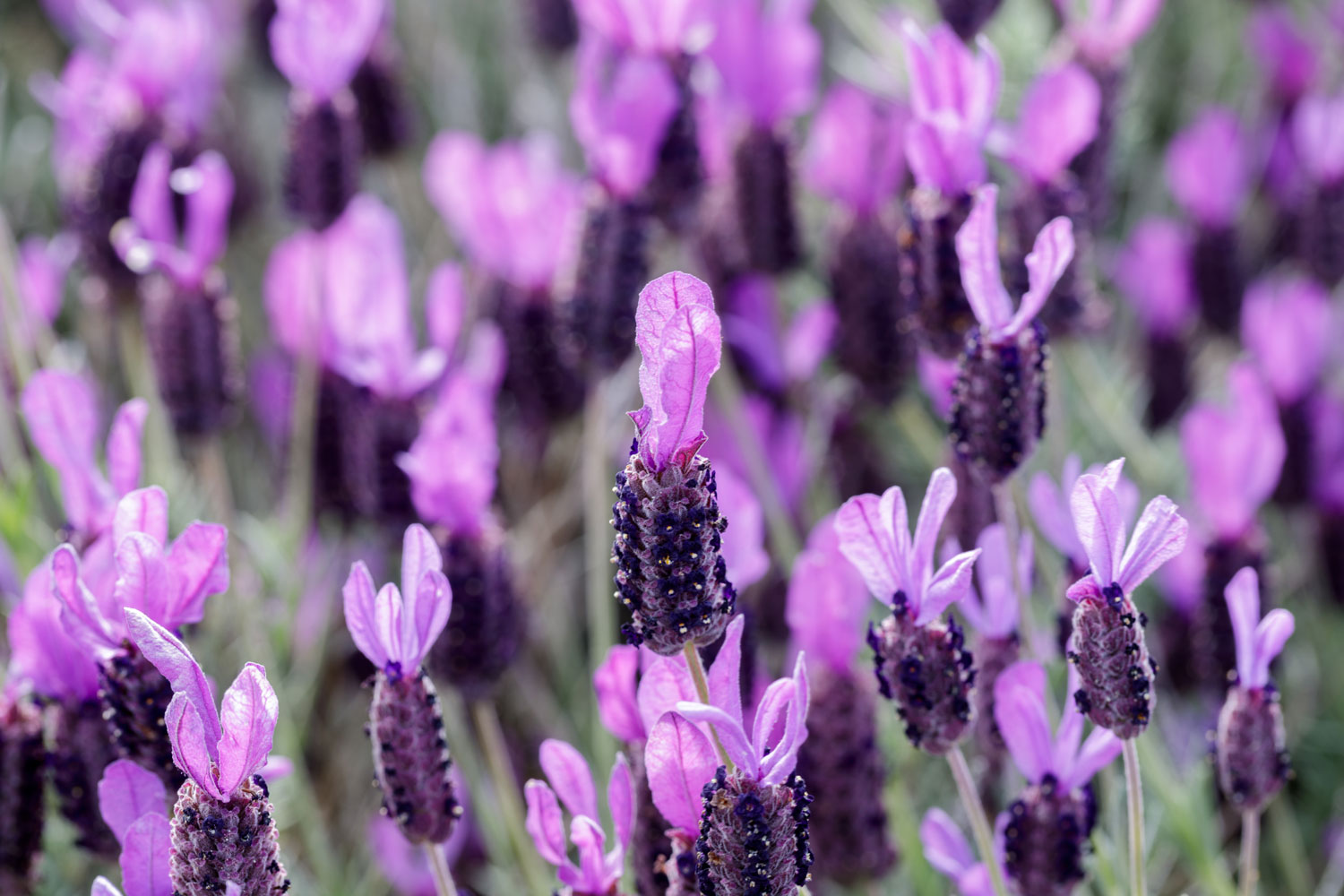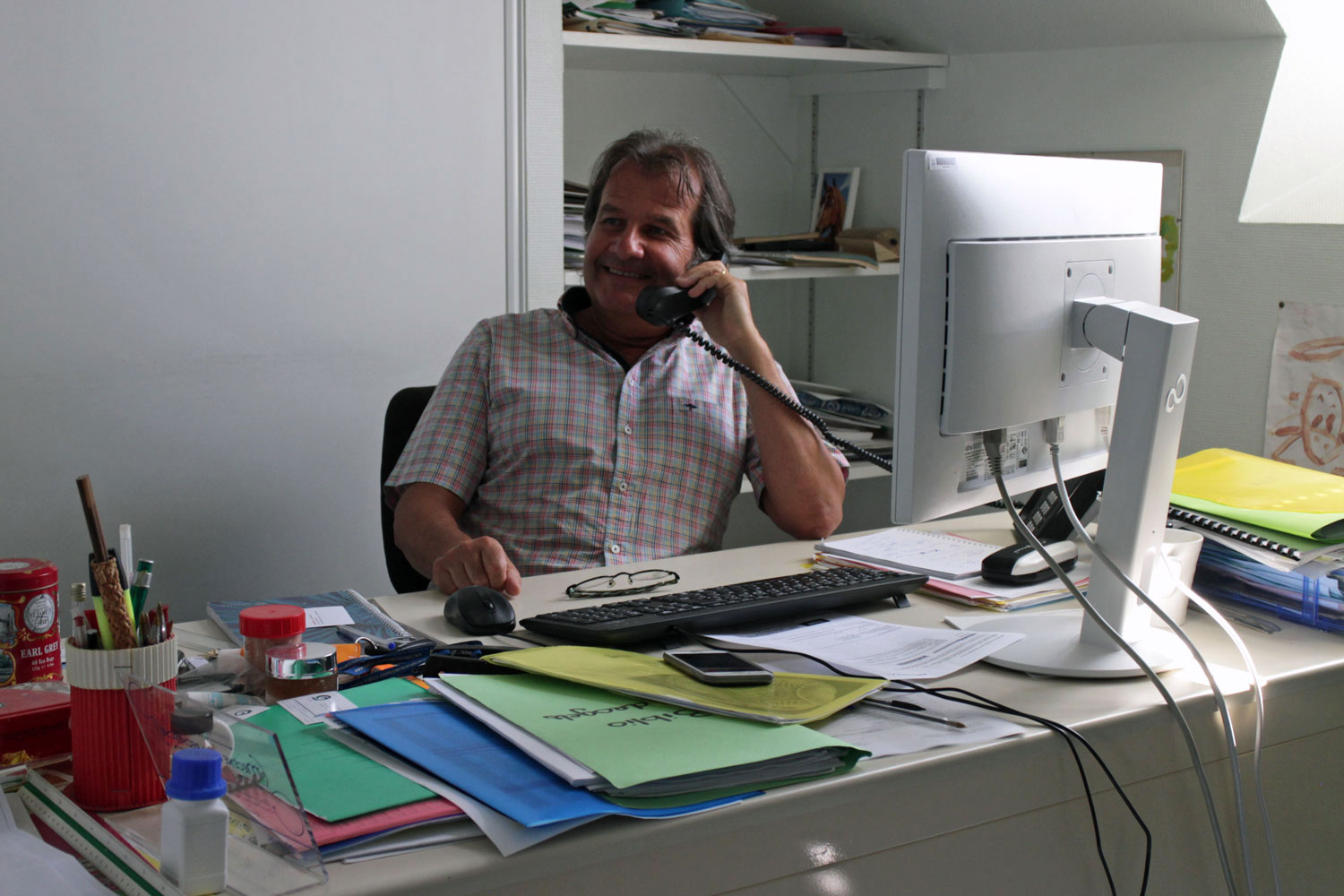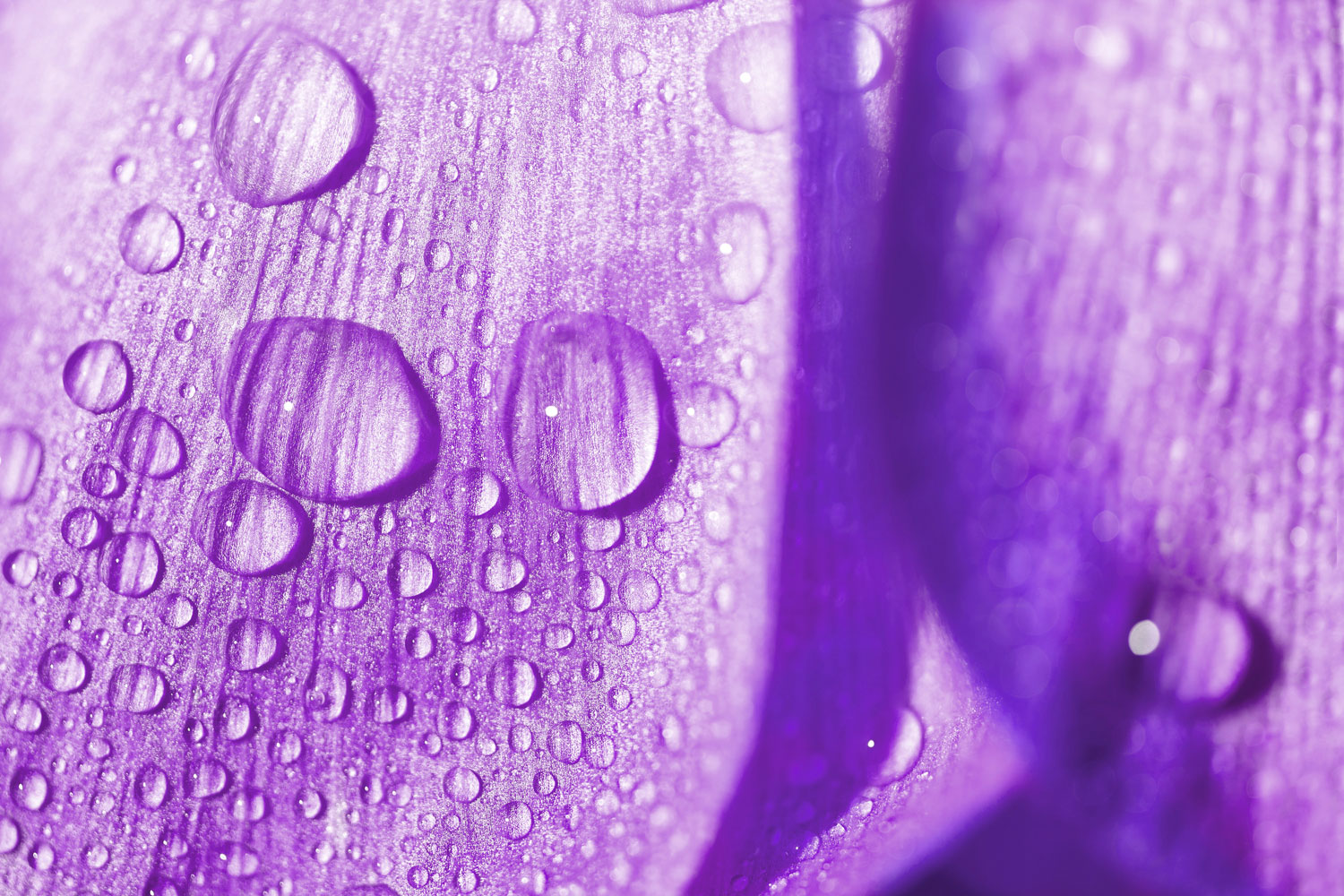This is a translation of my German blogpost Hinter den Beauty-Kulissen… ProTec Ingredia GmbH Proudly Presents: Weshalb Bioth-Ecology die Zukunft der Kosmetik ist. Enjoy!
In cooperation with ProTec Ingredia // What the sustainable future of cosmetic ingredients might look like is an important issue to Romuald Vallée. The co-founder, co-owner and scientific director of marine ingredients manufacturer Codif from Brittany has coined the term “Bioth-Ecology” to describe his new concept. In my interview with Romuald, I’m learning more about what bioth-ecology means and how biotechnology and sustainable beauty are connected. Spoiler alert: There’s no need to be afraid of biotechnology!
What exactly is sustainable ingredients manufacturing?
Romuald Vallée: Since the foundation of Codif we’ve been considering how to best combine environmental protection, biodiversity and sustainability. Nature is our role model – this is the belief that defines our company’s DNA. For us, this means much more than just superficial marketing. We want to know exactly how sustainable our ingredients are so we have begun to conduct comprehensive lifecycle assessments for each of our cosmetic actives. The lifecycle analysis looks at how much water and energy is used manufacturing the ingredient, how much waste is generated and what the biodegradability is like – it’s a kind of eco balance sheet for every ingredient. This comprehensive overview is really important because the manufacturing process is so complex – you can’t just tally up the CO2 emissions and call it a day.
Not every plant-based active is necessarily sustainable. If a plant ingredient is very popular, for example, and you need to collect large amounts of it, or the ingredient needs a long time to grow, wild harvesting or even cultivation on fields or in greenhouses would simply strain the natural resources too much. And this is where biotechnology comes into play: It offers a more sustainable way to produce ingredients. Even a small amount of plant material is enough to manufacture a large quantity of the ingredient – and it happens completely without genetically modified organisms. I call this kind of biotechnology “Bioth-Ecology”.
What do you mean by Bioth-Ecology?
Romuald: As the term suggests, Bioth-Ecology combines biotechnology with ecology. We must study nature thoroughly and comprehensively so we can mimic her as effectively as possible. You might think of it as a kind of “copy and paste” of real nature. We’re not talking about a synthetic copy of the plant, by the way. And we don’t change anything in the plant material either, and certainly not with genetically modified organisms.
This is how it works: We remove a small plant resource (like an algae) from nature – this is a one-time thing, by the way, we don’t need more than this small amount – and cultivate it in a biobank. In order for the algae to be happy in our artifical environment, we need to know as much as possible about it and its natural habitat. For example, we found out that a certain type of algae will emit a valuable active ingredient when it feels stressed. In the ocean, stress can mean a storm, so when we cultivate this algae in our biobank we emulate the effects of a storm in the algae’s growth environment. And without the need for any additional solvents, we then obtain the ingredient ExoPolySaccharide (EPS)!
We’re proud of the fact that our biotech-based results are the same as that of naturally grown plants. Another big advantage of the biotechnological method is that we have full control over the algae’s environment. In the open sea, this is not always possible because of factors like increasing pollution or climate change.
Do you have an example of a ‘bioth-ecological’ active ingredient in your portfolio?
Romuald: Vitasmoothy, our latest launch, is a good example of this category. We took a sample of the butterfly lavender Lavandula stoechas (see picture above) and generated a cell culture. That might sound easy but it wasn‘t: In our first attempts, we didn’t even manage to grow any cells. So we had to closely analyse this lavender in its natural environment. In the Mediterranean landscape, butterfly lavender grows near the ocean so it is used to salty soil and water. Therefore we began to grow the culture in marine spring water. We also added an aromatic butterfly lavender extract because plants “communicate” through fragrance molecules and the strongly scented butterfly lavender usually grows in clumps. The extract helped mimic the natural growth conditions of this lavender in nature. And it worked: 1mg of our active ingredient Vitasmoothy contains 200,000 lavender cells (see third picture above).
Vitasmoothy is an ingredient that significantly improves the hydration levels within the skin. The reason for this is an osmoregulatory mechanism contained in the lavender: It allows the plants to survive in dry conditions by efficiently transporting water between the cells. Our skin also regulates its water balance by osmolytes so Vitasmoothy supports these functions in the skin cells and increases the skin’s water reserves by 69% on average.
Will all future ingredients be manufactured with biotechnology?
Romuald: No, I don’t think so, at least not for the time being. At Codif, we’re producing 22% of our active ingredients according to bioth-ecological principles and I’m sure there will be more of these in the future whenever it is the most sustainable way to manufacture the ingredient. Because that’s the goal, after all!
This is also why we joined the ‘Union for Ethical BioTrade’ (UEBT) in September 2021. This non-profit organisation is working to protect biodiversity and ensure a fair and equitable supply chain for the procurement of ingredients. The UEBT has developed guidelines so it is easier for us to maintain the official standards and to make our company even more sustainable. We are also planning to develop a standard for natural biotechnology in cooperation with UEBT, to more clearly differentiate the ‘Bioth-Ecology’ concept from other biotechnological processes.
© Photos: Photos 1, 3 and 4 were provided to me by Codif for this blogpost.
Corporate customers in Germany can get the marine ingredients of Codif through German distributor ProTec Ingredia.
In the next episode of my beauty serial story I will introduce an unusual personality which has already inspired me a lot. Stay tuned!





